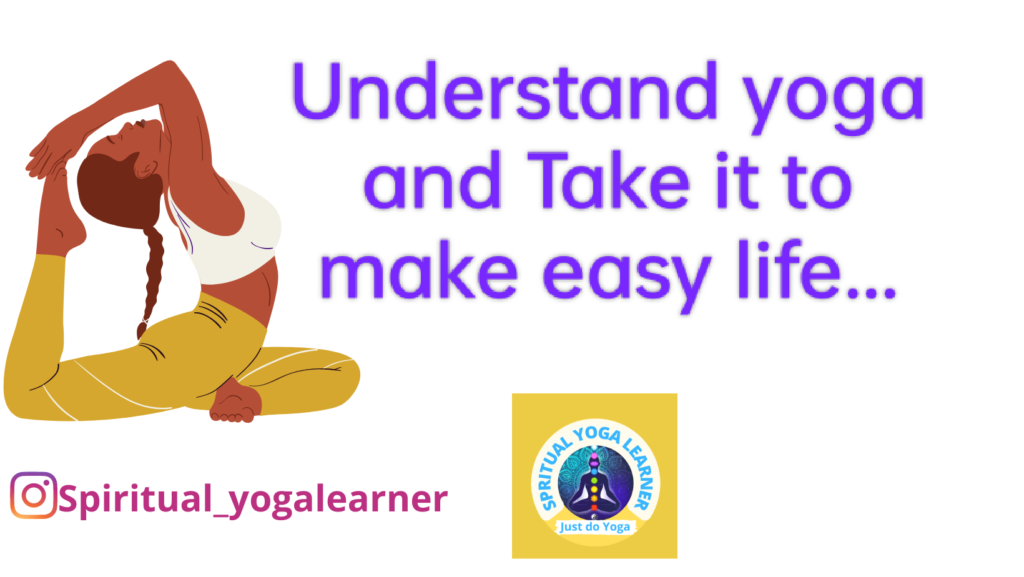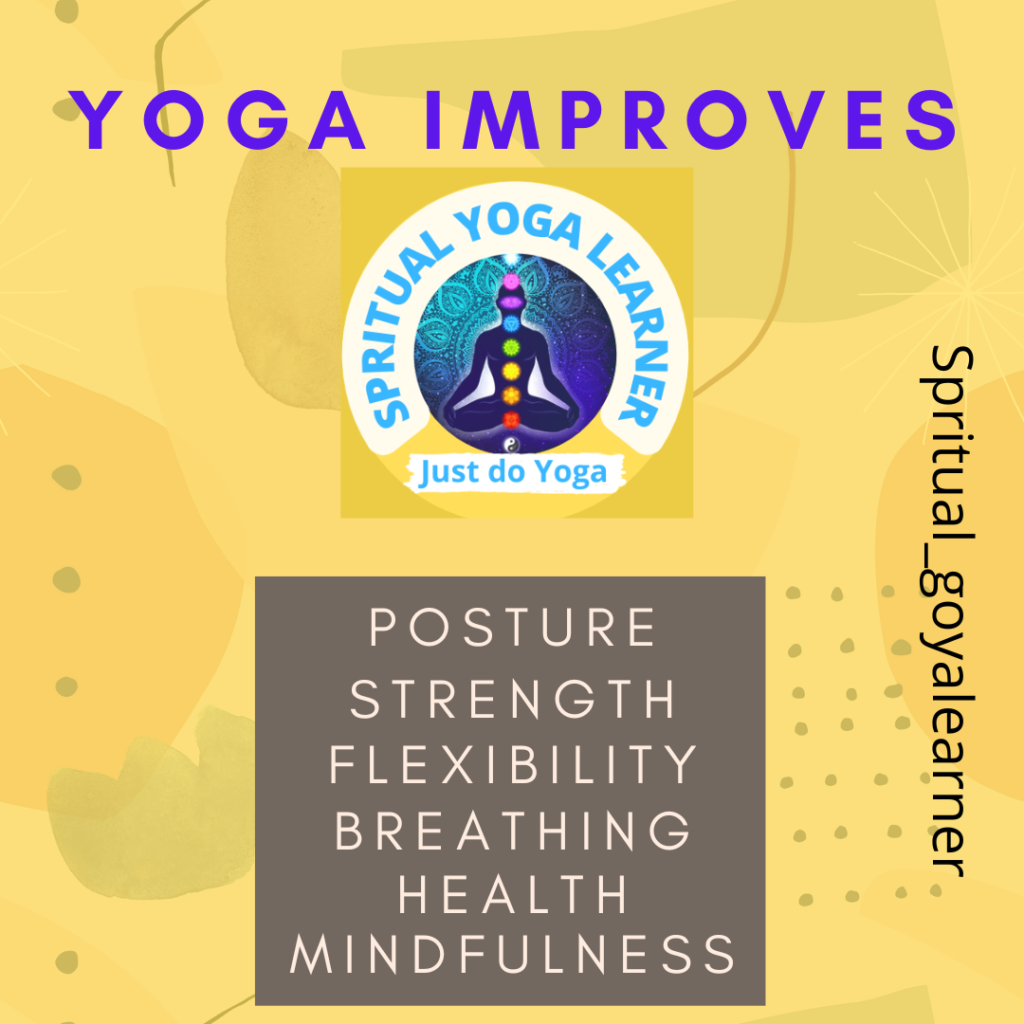
What is yoga? or you know about yoga? no, why? everyone knows about yoga ok no problem. I am here to help you improve your knowledge and health.
let’s know the origin of yoga, what is yoga? history, philosophy, profit of mental, physical, emotional, and social…
yoga’s origins in ancient India its initial emergence can be traced back as far as northern India over 5,000 years ago.
Yoga is the science of right living and, as such, is intended to be combined in daily life. It works includes several aspects of the
person:
the physical, vital, mental, emotional, psychic and spiritual.
What is yoga?
Table of Contents
Meaning of Yoga -The yoga word is the Sanskrit word ” Yuj “, which means ‘to join’.another meaning of yoga is ‘unity’ or ‘oneness’
This
joining or unity is described in spiritual terms as the union of the
individual consciousness with the common consciousness. On a more practical level.

physical level
yoga is a means of balancing and organizing the body, mind and emotions.
This is done through
the practice of asana, pranayama, mudra Dharna, bandha, shatkarma
and meditation.
The science of yoga begins to work on the outermost aspect
of the personality, the physical body, which for most people is
a practical and familiar starting point.
Emotional level
When the imbalance is experienced at this level,the organs, muscles and nerves no longer function in harmony; rather they act in opposition to each other. For instance, the endocrine system might become irregular and the efficiency of the nervous system decrease to such an extent that a disease will manifest.
Yoga aims at bringing the different bodily functions into perfect coordination so
that they work for the good of the whole body.

Mental level
Many people suffer from phobias and neuroses problem as a result of the stresses and interactions of everyday living.
Yoga cannot provide a cure for life, but it does present a proven method for coping with it.
yoga as an
” … integration and harmony between thought, feeling and deed, or integration between head, heart and hand”.
Through the practices of yoga, awareness develops of the interpretation between the emotional, mental and physical levels, and how a disturbance in any one of these affects the others. Gradually, this awareness leads to an understanding of the more subtle areas of existence.
Significant types of yoga.
Raj yoga (the royal way) – focuses on meditation practices.
Hatha yoga (the forceful way) – focuses on energy and movement of the body.
Karma yoga (the way of action) – focuses on action and service in daily life.
Janna yoga (the way of knowledge) – focuses on biased wisdom and self-inquiry.
Bhakti yoga (the way of devotion) – concentrates on devotion to God.
Laya yoga – channelizes the energy forces in the Kundalini.
Tantra yoga(the way of ecstasy)-focuses on ritual and initiation
Kundalini yoga, Nad yoga, Mantra yoga, prem yoga… ect
many texts explain them in detail. Each individual needs to
find those yogas most suited to his/her particular personality
and need.
In the last half of the twentieth century, hatha yoga well-known as the most well-known and widely practised of the
systems.
However, the concept of what constitutes yoga is broadening as more people take it up, and this knowledge is spreading. In the ancient texts, hatha yoga comprises of the
shatkarmas, cleansing practices, only.
Today, however, hathayoga commonly embraces the practices of asana, pranayama
philosophy of yoga
The fundamental philosophy of yoga according to Patanjali.
YAMA – The moral codes of conduct
Niyama – The physical observances and inner practices
Asana– The proper posture.
Pranayama – The proper breathing practices.
Pratyahara – The withdrawal of senses from external distractions.
Dharana– The mental attention & awareness and focusing the mind.
Dhyana– The meditation and focus on a sole(singal) point.
Samadhi– The extinction of all mental activity to obtain a state of oneness.
A survey study says for yoga
Studies have shown that 70 per cent of adults living in the United States reported that doing yoga and meditatactives a very effective method to manage stress.
Due to its origin in ancient Indian medicine, yoga is seen as a form of complementary and alternative medicine.
History of yoga
The yoga we know today was developed as a part of the tantric
civilization which existed in India and all parts of the world more
than ten thousand years ago. In archaeological excavations made
in the Indus Valley at Harappa and Mohenjodaro, now in modem Pakistan, many statues have been found depicting deities
resembling Lord Shiva and Shakti (in the form of Parvati) performing various asanas and practising meditation.
Yoga is first time mentioned in Rigveda
But the user name of yoga Katha Upanishad is the ancient Spiritual textbook written between by 5th, and 3rd centuries BCE
Patanjali was written by “yoga sutra” text. this is one of the most famous fundamental texts in yoga. He wrote text 200 BCE. He defines “yoga sutra in 1.2, As
Yogesh-chitte-vritti- nirodhah
This translates as “Yoga is the extinction of the whirling fluctuations of the mind.”
A lot of health benefits of yoga, now you can say Yoga is the best treatment of your life
Reference -PMBS


1 thought on “What is yoga?|Significant types of yoga|History, philosophy of yoga?| benefits of yoga”